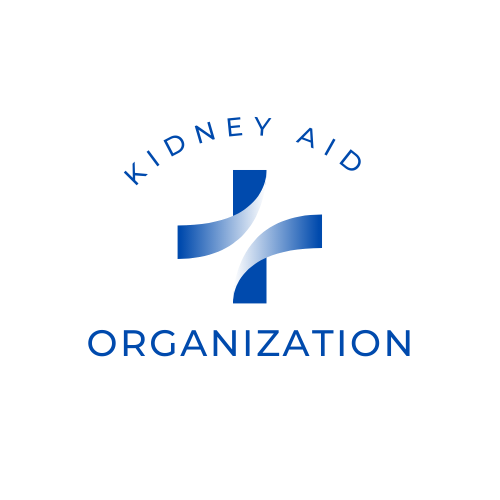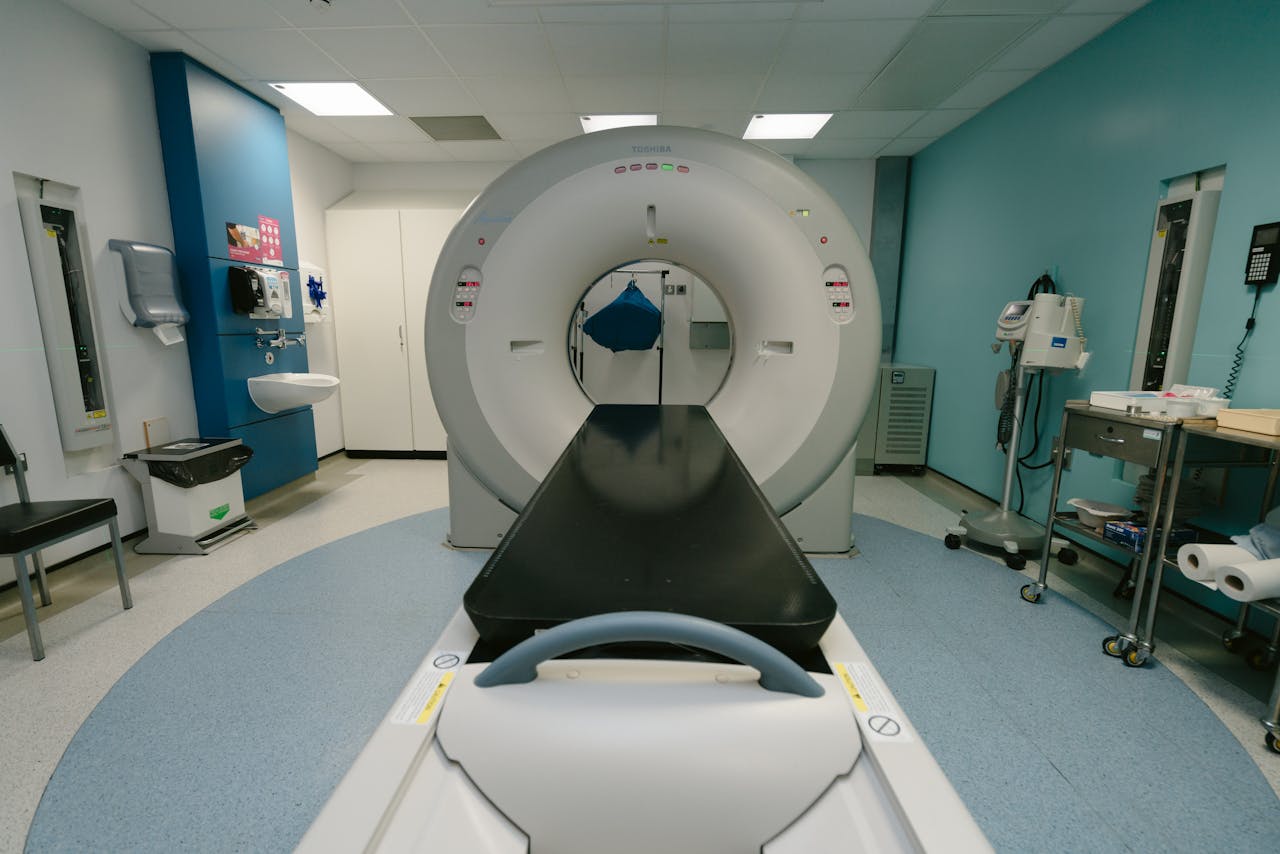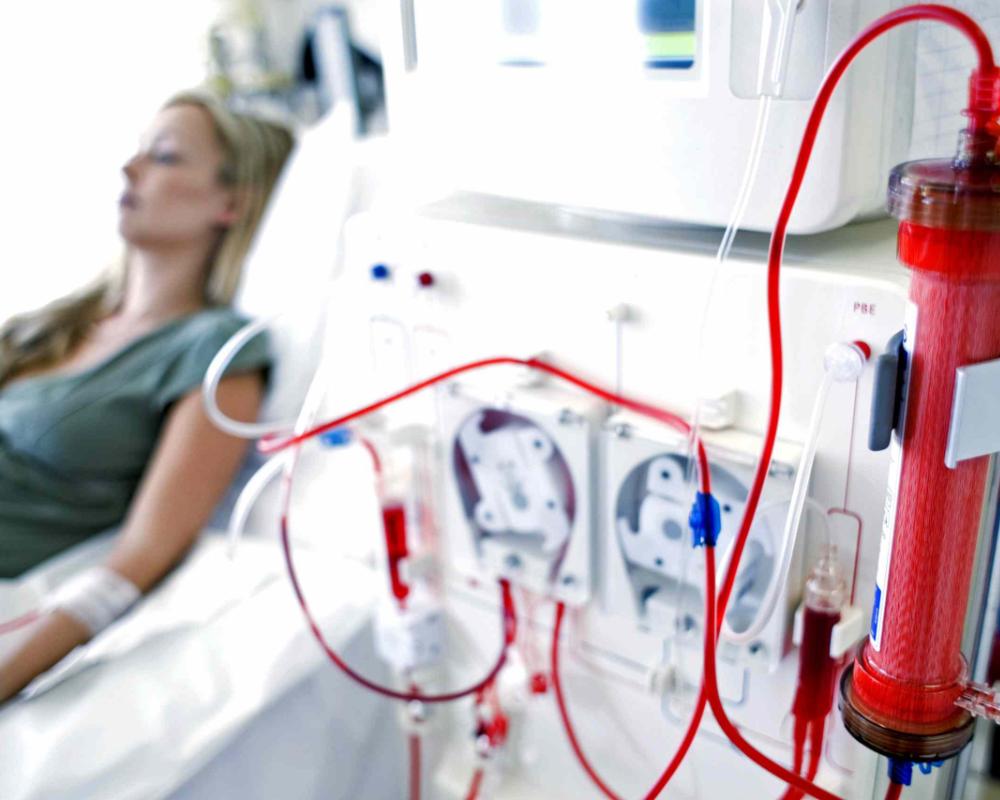Chronic kidney disease (CKD) affects millions worldwide, impacting the filtering ability of the kidneys and consequently reducing the glomerular filtration rate (GFR). GFR is a key indicator of kidney function, measuring the rate at which blood is filtered through the glomeruli per minute.
A declining GFR raises concerns about kidney health and overall well-being. Understanding the lowest GFR one can live with is crucial for managing CKD and preventing its progression to end-stage renal disease (ESRD). This article explores the significance of GFR, factors influencing its decline, and the threshold at which it becomes life-threatening.
A normal GFR typically ranges between 90 to 120 milliliters per minute per 1.73 square meters (mL/min/1.73m^2). As GFR decreases, waste products accumulate in the blood, leading to complications such as electrolyte imbalances, fluid retention, and cardiovascular issues. Monitoring GFR is crucial for early detection and management of kidney disease, allowing healthcare providers to implement interventions to slow its progression.
Understanding the significance of GFR, identifying factors contributing to its decline, and implementing strategies to preserve kidney function are crucial for managing CKD and promoting overall well-being. Regular monitoring, lifestyle modifications, and adherence to medical recommendations play pivotal roles in optimizing kidney health and minimizing the risk of complications associated with advanced CKD.
A declining GFR raises concerns about kidney health and overall well-being. Understanding the lowest GFR one can live with is crucial for managing CKD and preventing its progression to end-stage renal disease (ESRD). This article explores the significance of GFR, factors influencing its decline, and the threshold at which it becomes life-threatening.
Importance of Glomerular Filtration Rate (GFR)
GFR serves as a vital parameter for assessing kidney function. It indicates how efficiently the kidneys are filtering waste and excess fluids from the blood.A normal GFR typically ranges between 90 to 120 milliliters per minute per 1.73 square meters (mL/min/1.73m^2). As GFR decreases, waste products accumulate in the blood, leading to complications such as electrolyte imbalances, fluid retention, and cardiovascular issues. Monitoring GFR is crucial for early detection and management of kidney disease, allowing healthcare providers to implement interventions to slow its progression.
Factors Influencing GFR Decline
- Blood Pressure: High blood pressure (hypertension) is a leading cause of kidney damage and decreased GFR. Elevated blood pressure can damage the blood vessels in the kidneys over time, reducing blood flow and impairing kidney function. Conversely, managing blood pressure within a healthy range can help preserve GFR and prevent further kidney damage.
- Blood Sugar Levels: Diabetes is another major contributor to decreased GFR. Prolonged uncontrolled high blood sugar levels can damage the small blood vessels and nephrons in the kidneys, leading to diabetic kidney disease (nephropathy) and a decline in GFR. Tight glycemic control through lifestyle modifications and, if necessary, medication can help prevent or delay kidney complications associated with diabetes.
- Age: Age-related changes in kidney structure and function can impact GFR. As individuals age, the number of functional nephrons—the filtering units of the kidneys—gradually decreases, leading to a decline in GFR. Additionally, aging is associated with changes in renal blood flow and hormonal regulation, which can further affect kidney function.
- Chronic Diseases: Chronic diseases such as diabetes, hypertension, and cardiovascular disease can negatively impact GFR. These conditions often coexist and contribute to the development and progression of chronic kidney disease (CKD), leading to a decline in GFR over time. Managing underlying chronic diseases through lifestyle modifications and medical interventions is essential for preserving kidney function and GFR.
- Medications: Certain medications, especially when used long-term or in high doses, can affect kidney function and GFR. Nephrotoxic drugs, such as nonsteroidal anti-inflammatory drugs (NSAIDs), some antibiotics, and certain antiviral medications, can cause kidney damage and reduce GFR. It's essential to use medications judiciously and under the guidance of a healthcare provider to minimize the risk of kidney complications.
- Dietary Factors: Diet plays a significant role in kidney health and GFR. High intake of sodium, saturated fats, and refined sugars can contribute to hypertension, obesity, and metabolic syndrome, all of which can negatively impact kidney function and GFR. Conversely, a diet rich in fruits, vegetables, whole grains, and lean proteins can support kidney health and help maintain optimal GFR.
- Hydration Status: Adequate hydration is essential for maintaining optimal kidney function and GFR. Dehydration can lead to decreased blood volume and reduced renal blood flow, which may lower GFR temporarily. Conversely, excessive fluid intake can put strain on the kidneys and impair GFR in individuals with preexisting kidney disease. Maintaining a balance and staying adequately hydrated is key for kidney health.
- Genetics: Genetic factors can influence an individual's susceptibility to kidney diseases and affect GFR. Certain genetic conditions, such as polycystic kidney disease (PKD) and Alport syndrome, can lead to progressive kidney damage and decreased GFR over time. Understanding one's family history and genetic predispositions can help identify individuals at higher risk and implement preventive measures early on.
Threshold of Survival with Low GFR
The lowest GFR one can live with varies depending on various factors, including overall health, presence of comorbidities, and access to medical care. While there isn't a specific threshold universally applicable, a GFR below 15 mL/min/1.73m^2 is generally considered indicative of ESRD, requiring renal replacement therapy such as dialysis or kidney transplantation to sustain life. However, some individuals with GFRs slightly above this threshold may still experience symptoms and complications necessitating medical intervention.Symptomatology and Complications
As GFR declines, individuals may experience symptoms such as fatigue, nausea, swelling, and difficulty concentrating. Complications associated with severe kidney impairment include:- Uremia: Buildup of waste products in the blood due to inadequate filtration, leading to symptoms like nausea, vomiting, and itching.
- Fluid Overload: Inability of the kidneys to regulate fluid balance, resulting in swelling (edema), high blood pressure, and shortness of breath.
- Electrolyte Imbalance: Reduced kidney function disrupts electrolyte levels, potentially causing abnormalities like hyperkalemia (high potassium) or hyperphosphatemia (high phosphate), which can be life-threatening if left untreated.
Strategies for Preserving Kidney Function
While certain risk factors for CKD, such as age and genetics, are beyond individual control, adopting a healthy lifestyle can significantly mitigate the decline in GFR and promote kidney health.Lifestyle Modifications
- Maintain a Balanced Diet: Consume a diet rich in fruits, vegetables, whole grains, and lean proteins while limiting sodium, saturated fats, and refined sugars.
- Stay Hydrated: Adequate hydration supports kidney function by ensuring optimal blood flow and urine production. Aim to drink sufficient water throughout the day.
- Manage Chronic Conditions: Control blood pressure, blood sugar, and cholesterol levels through medication adherence, regular exercise, and dietary modifications.
Regular Monitoring and Medical Care
- Routine Check-ups: Schedule regular visits with healthcare providers to monitor kidney function through blood tests and urine analysis.
- Medication Management: Use medications judiciously, following healthcare provider recommendations and avoiding nephrotoxic drugs when possible.
Understanding the significance of GFR, identifying factors contributing to its decline, and implementing strategies to preserve kidney function are crucial for managing CKD and promoting overall well-being. Regular monitoring, lifestyle modifications, and adherence to medical recommendations play pivotal roles in optimizing kidney health and minimizing the risk of complications associated with advanced CKD.
Are you tired of living under the shadow of kidney disease? Are you yearning for a life free from the shackles of dialysis, kidney failure, and the looming threat of kidney transplants? If so, you're in the right place at the right time. Imagine waking up every morning with boundless energy, feeling rejuvenated and ready to take on the day. Envision a life where your kidneys are functioning optimally, and you no longer dread the burdensome routines of dialysis sessions. The Kidney Disease Solution Program is here to turn that vision into reality for you.


